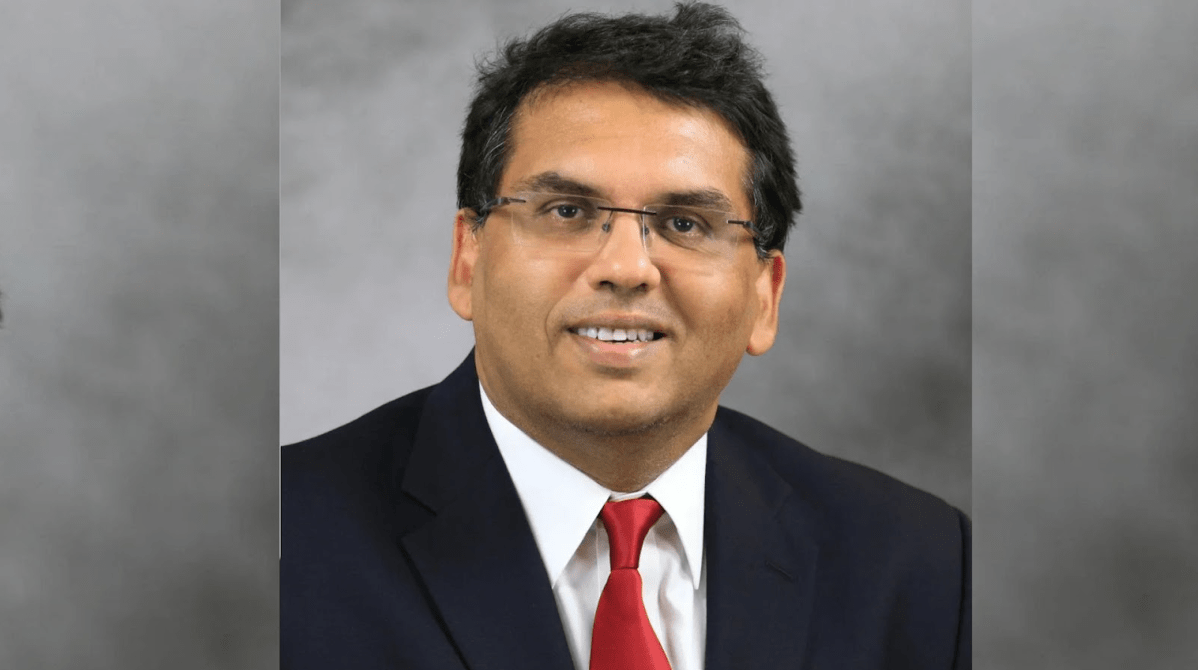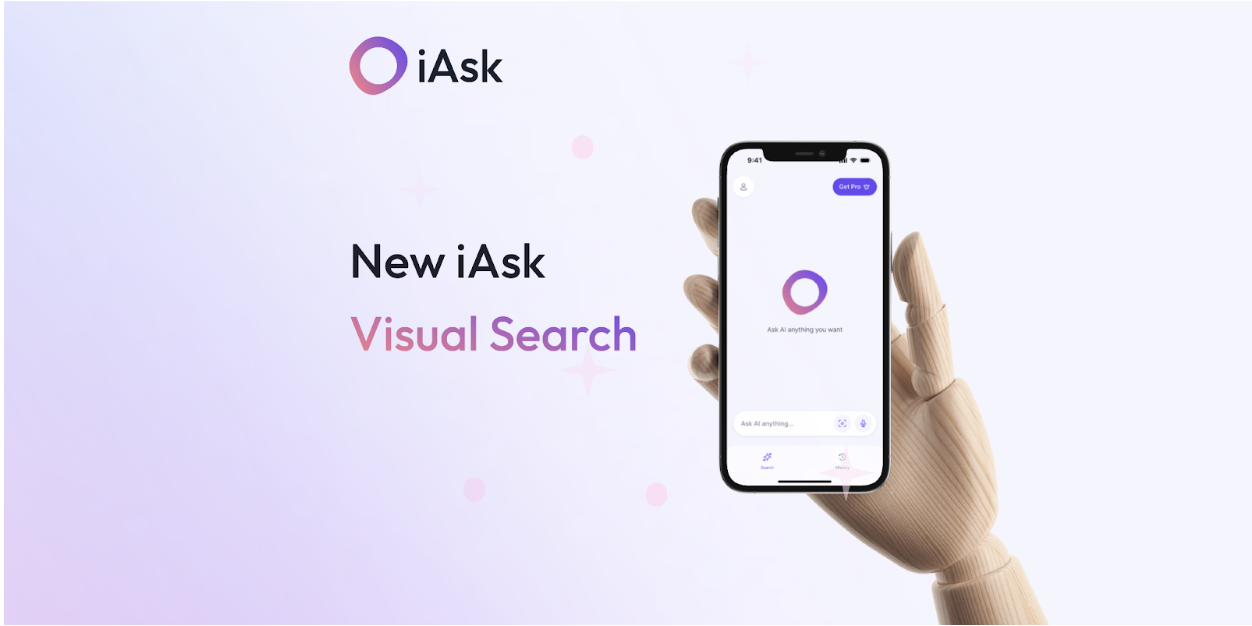Tech
Clarity in Complexity: Dr. Dave Chatterjee’s Gift for Cyber Communication

By Mj Toledo
A sea of confusing technical terms and threats surround people today. Many feel lost, unsure of how to protect themselves online. A distinguished cybersecurity and technology expert, Dr. Dave Chatterjee is teaching people how. He has practiced information technology management since 2001. In this field, which often bewilders outsiders, he combines academic knowledge with practical insights.
About Dr. Dave Chatterjee
The tech figure authored “Cybersecurity Readiness: A Holistic and High-Performance Approach,” which Sage published and readers praise for its thorough and accessible take on cybersecurity preparation.
Additionally, respected publications like USA Today, The Wall Street Journal, and the Massachusetts Institute of Technology (MIT) Sloan Management Review have recognized his work.
“Communicating complex cybersecurity concepts clearly and effectively is essential,” Dr. Dave Chatterjee explains. “I aim to connect technical know-how with practical understanding, making sure important cybersecurity messages reach and impact all stakeholders, from executives to information technology (IT) staff.”
Dr. Dave Chatterjee has received numerous accolades throughout his career. These include the Outstanding Executive Master of Business Administration Professor of the Year award. He has also been named a University of Georgia (UGA) Outstanding Teaching Faculty Honoree.
Before the pandemic, Dr. Dave Chatterjee launched his Technology Roundtable. It features distinguished business leaders, award-winning chief information officers, and other renowned thought leaders. The roundtable covered topics such as blockchain, artificial intelligence, data quality, and cybersecurity.
Aside from his professional pursuits, he is also passionate about youth development. He also engages in science, technology, engineering and mathematics (STEM) initiatives, offering professional development workshops to K-12 students on topics ranging from making the most of collegiate experiences to safe and responsible use of technology. He also provides summer research opportunities for outstanding high school students, mentoring the next generation of cybersecurity professionals.
Decoding Cybersecurity for All
Dr. Dave Chatterjee believes effective cybersecurity involves people as much as technology. He stresses creating an organization’s security-aware culture, starting with clear, straightforward communication.
“Cybersecurity affects every part of an organization,” Dr. Dave Chatterjee states. “We create a shared sense of responsibility and preparedness by explaining complex ideas in relatable ways.”
This philosophy is evident in his roles, including his position as an adjunct associate professor at Duke University and his past work as a professor at The University of Georgia’s Terry College of Business. His skill in explaining technical concepts has made him a popular speaker and advisor across many industries.
The Power of Clear Communication in Cybersecurity
Clear communication in cybersecurity is non-negotiable. As cyber threats become more complex, explaining security concepts clearly and concisely helps organizations better protect themselves.
“Clear communication forms the foundation of a strong cybersecurity strategy,” Dr. Dave Chatterjee emphasizes. “It allows cybersecurity professionals to work with other departments, identify and reduce potential risks, respond well to incidents, and follow regulations and standards.”
This matters especially now, as cybersecurity has become a top priority for company boards. With experts expecting global cybercrime costs to reach $10.5 trillion by 2025, clear explanations of cyber risks and protection strategies help leaders make informed decisions.
Bridging Technology and Human Understanding
Dr. Dave Chatterjee does more than explain technical ideas. He promotes a better grasp of how people factor into cybersecurity, knowing that even the best security systems can fail due to human error or lack of awareness.
His Cybersecurity Readiness Podcast Series has over 70 episodes and listeners in 105 countries. It offers thought-provoking, jargon-free discussions on improving cybersecurity. These discussions cover strategies for individuals, organizations, and nations. This effort shows his advocacy for making cybersecurity knowledge available worldwide.
“The podcast series creates a community where experts, leaders, and practitioners discuss cybersecurity challenges and opportunities,” he notes. “These conversations help build a more informed and resilient digital ecosystem.”
Making Cybersecurity Less Intimidating
With new technologies like artificial intelligence and quantum computing bringing new challenges and possibilities to cybersecurity, concise communication becomes even more critical.
The tech professional continues to adapt his work in this area. A recent USA Today article, “Dave Chatterjee Drops the Cybersecurity Jargon, Encouraging Proactiveness Rather than Reactiveness,” highlights his ongoing effort to make cybersecurity accessible and actionable for everyone.
“The future of cybersecurity depends on our ability to communicate well across all levels of society,” he concludes. “Promoting a shared understanding of cyber risks and best practices creates a more resilient digital world for everyone.”
The battle for digital security requires more than just advanced technology. It demands clear communication. Dr. Dave Chatterjee’s talent for translating cybersecurity concepts into accessible language turns technical knowledge into practical action.
Undeniably, Dr. Dave Chatterjee’s gift for clarity will remain invaluable, helping create a more secure digital future for everyone.
Tech
How iAsk Visual Search Captures and Delivers Detailed Insights from the World You See

Byline: Shem Albert
There are moments when the world around you sparks curiosity, yet you do not even know the word for what you are seeing. You describe it in painstaking detail, type and retype, scroll through search results, hoping something matches. Minutes pass, sometimes longer, just to uncover a simple answer. That experience of encountering something unfamiliar and struggling to put it into words is all too common, yet often goes unnoticed. With a single photo, however, everything changes. iAsk Visual Search bridges that gap. Suddenly, the mystery becomes an opportunity to learn, experiment, or act in the moment.
Turning Discovery into Action
Using iAsk Visual Search is simple, yet the possibilities it opens up are immediate. You open the app and snap a photo of the object, diagram, or scene that has caught your attention. Instantly, the app identifies what it sees and provides context, turning a moment of curiosity into a starting point for exploration. From there, you can ask follow-up questions to dig deeper, consider alternatives, or uncover how something works in practical terms.
This goes far beyond basic identification. Where traditional image recognition might simply name an object or offer a brief description, iAsk lets you continue the conversation. It remembers the image, so you can explore multiple layers of information without starting over. What begins as a single observation quickly expands into actionable insights you can apply immediately.
Real-World Applications in Everyday Life
The real test of significance for iAsk Visual Search is how it is used in a user’s everyday life. Novice cooks and experienced chefs can rely on it to identify an unfamiliar ingredient and ask follow-up questions, such as preparation tips, cooking methods, or possible substitutions. Users can experiment with complementary flavors or adapt recipes based on what is available in their pantry, reducing hesitation and encouraging culinary creativity.
A quick snapshot of a street sign, menu, or product label in a foreign language is another way iAsk Visual Search supports everyday tasks. Users can ask follow-up questions to clarify translations, understand cultural context, or receive practical guidance. This enables individuals to navigate unfamiliar environments with confidence and ease.
These examples illustrate how iAsk Visual Search can become a versatile companion in daily life. It can serve as a travel guide, a study aid, or a creative assistant. Artists, crafters, and curious hobbyists can explore materials, techniques, or designs with guidance that is immediate and interactive. Each interaction transforms curiosity into tangible results, empowering users to act on the knowledge they gain instantly.
A Tool That Stands Apart
iAsk Visual Search stands out for its interactive, context-sensitive design. Users can maintain an ongoing dialogue with the app, exploring details without losing sight of the original image. This makes it possible to investigate complex subjects and adapt the information to specific tasks.
Privacy and accessibility are central to the experience. Images are not stored, personal data is not tracked, and there are no ads to interrupt the workflow. The app is available across multiple platforms without subscription barriers, making it accessible to students, parents, hobbyists, and professionals alike.
Curiosity Translated into Results
iAsk Visual Search turns a simple photo into an understanding you can act on. Whether it’s decoding a diagram, identifying an object, or untangling a confusing concept, a snapshot instantly delivers context, explanations, and next steps. It doesn’t just show you — it teaches you, guiding each discovery into something useful.
Every question becomes a chance to learn, explore, or create. From the kitchen to the classroom, the trailhead to the studio, iAsk makes the world clearer and curiosity immediately productive.
Snap. Ask. Learn. Then act. The answers are there. All you need to do is iAsk.
-

 Tech5 years ago
Tech5 years agoEffuel Reviews (2021) – Effuel ECO OBD2 Saves Fuel, and Reduce Gas Cost? Effuel Customer Reviews
-

 Tech6 years ago
Tech6 years agoBosch Power Tools India Launches ‘Cordless Matlab Bosch’ Campaign to Demonstrate the Power of Cordless
-

 Lifestyle6 years ago
Lifestyle6 years agoCatholic Cases App brings Church’s Moral Teachings to Androids and iPhones
-

 Lifestyle5 years ago
Lifestyle5 years agoEast Side Hype x Billionaire Boys Club. Hottest New Streetwear Releases in Utah.
-

 Tech7 years ago
Tech7 years agoCloud Buyers & Investors to Profit in the Future
-

 Lifestyle5 years ago
Lifestyle5 years agoThe Midas of Cosmetic Dermatology: Dr. Simon Ourian
-

 Health7 years ago
Health7 years agoCBDistillery Review: Is it a scam?
-

 Entertainment6 years ago
Entertainment6 years agoAvengers Endgame now Available on 123Movies for Download & Streaming for Free
